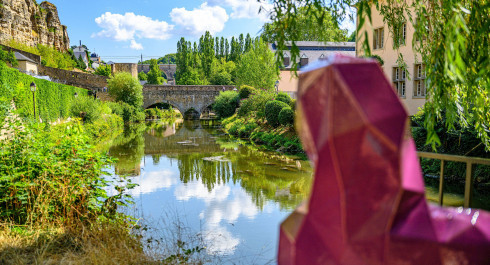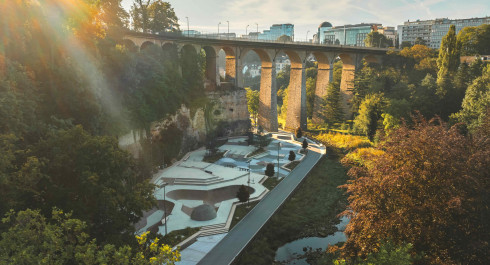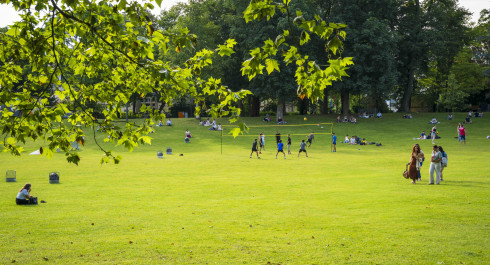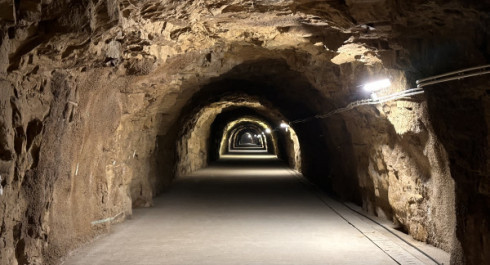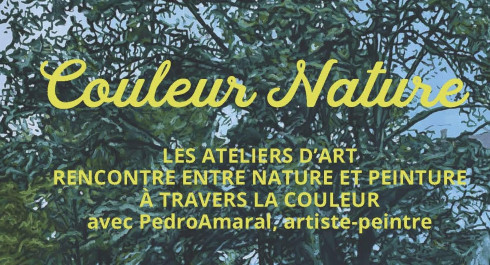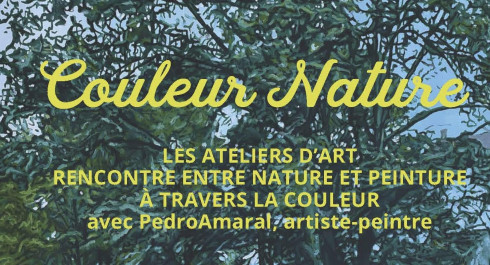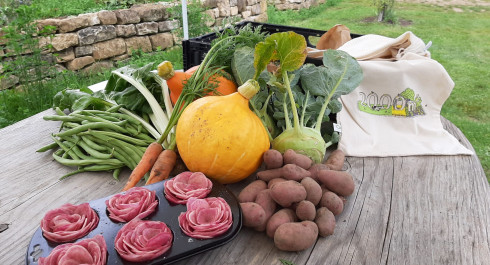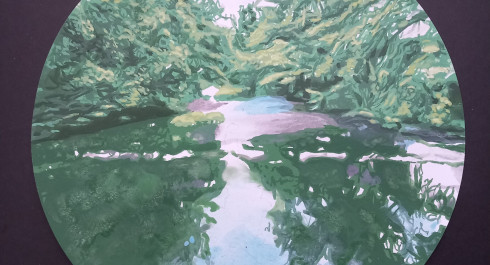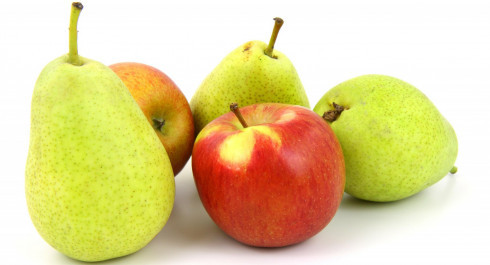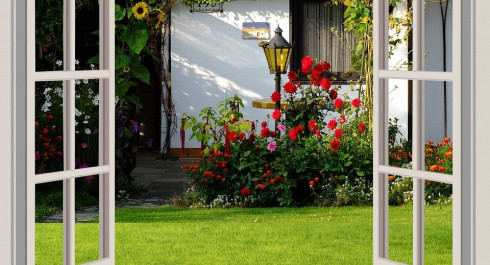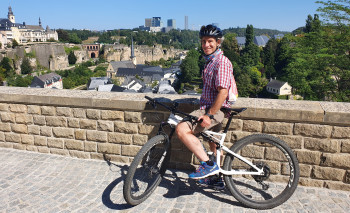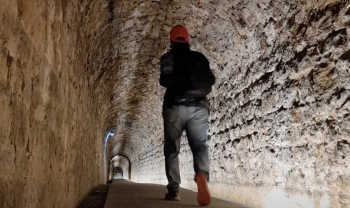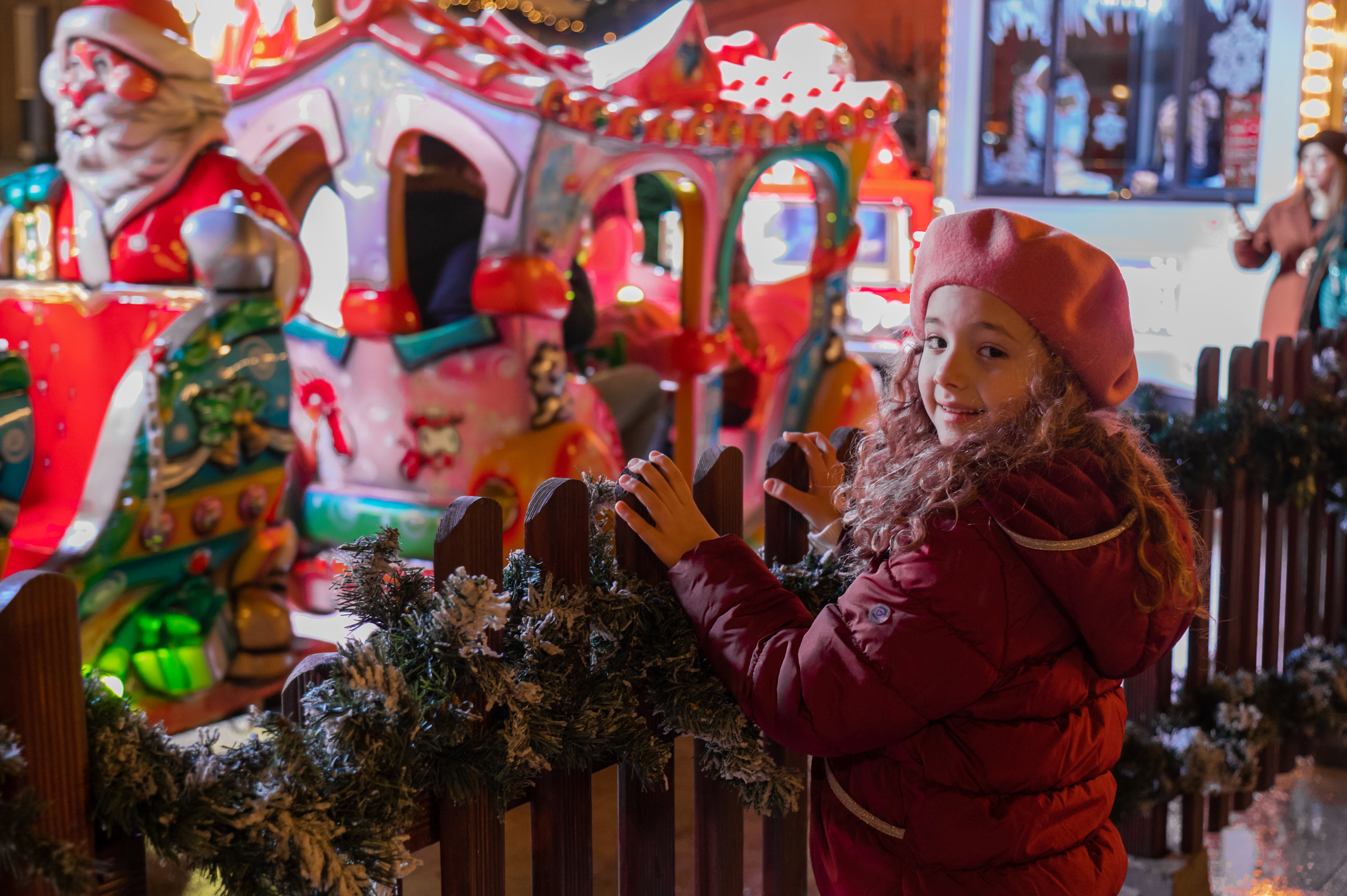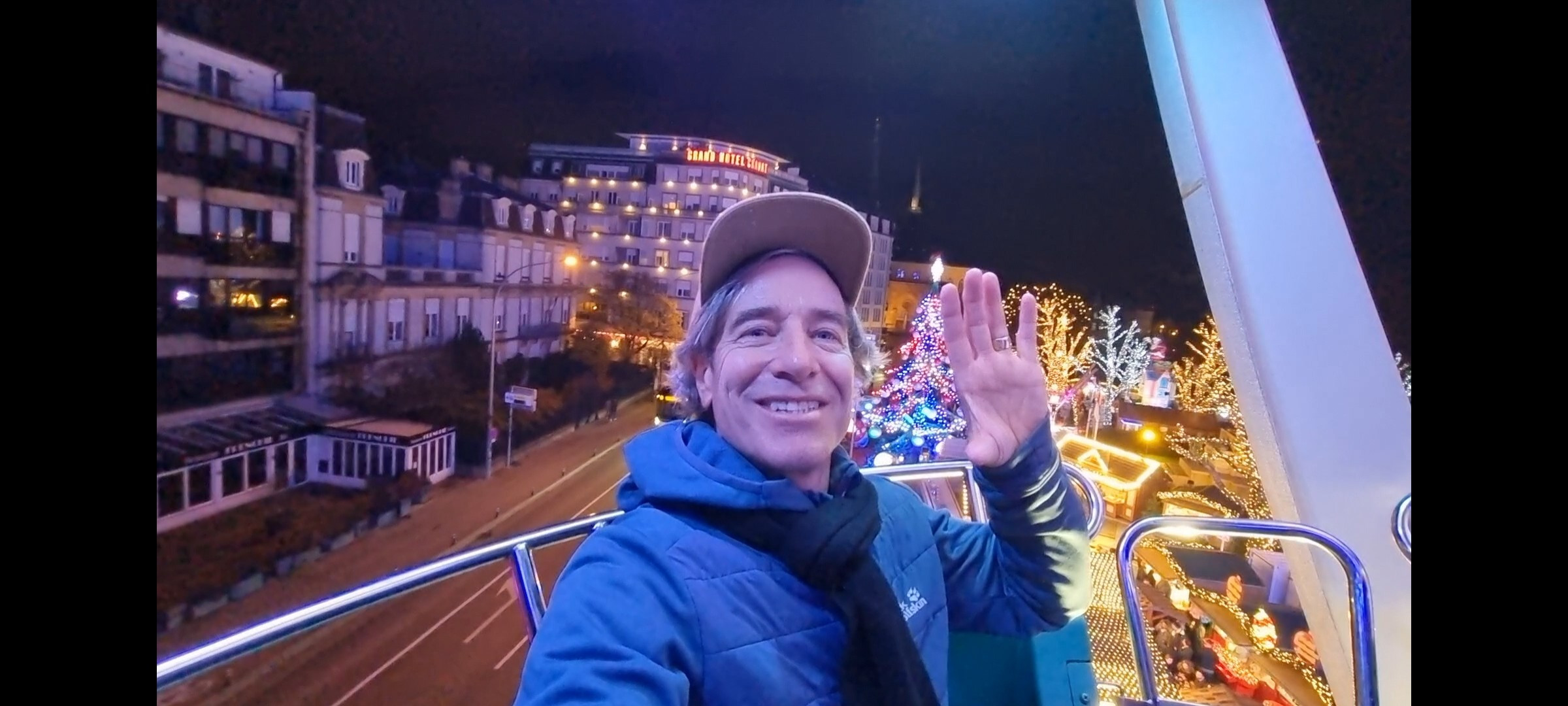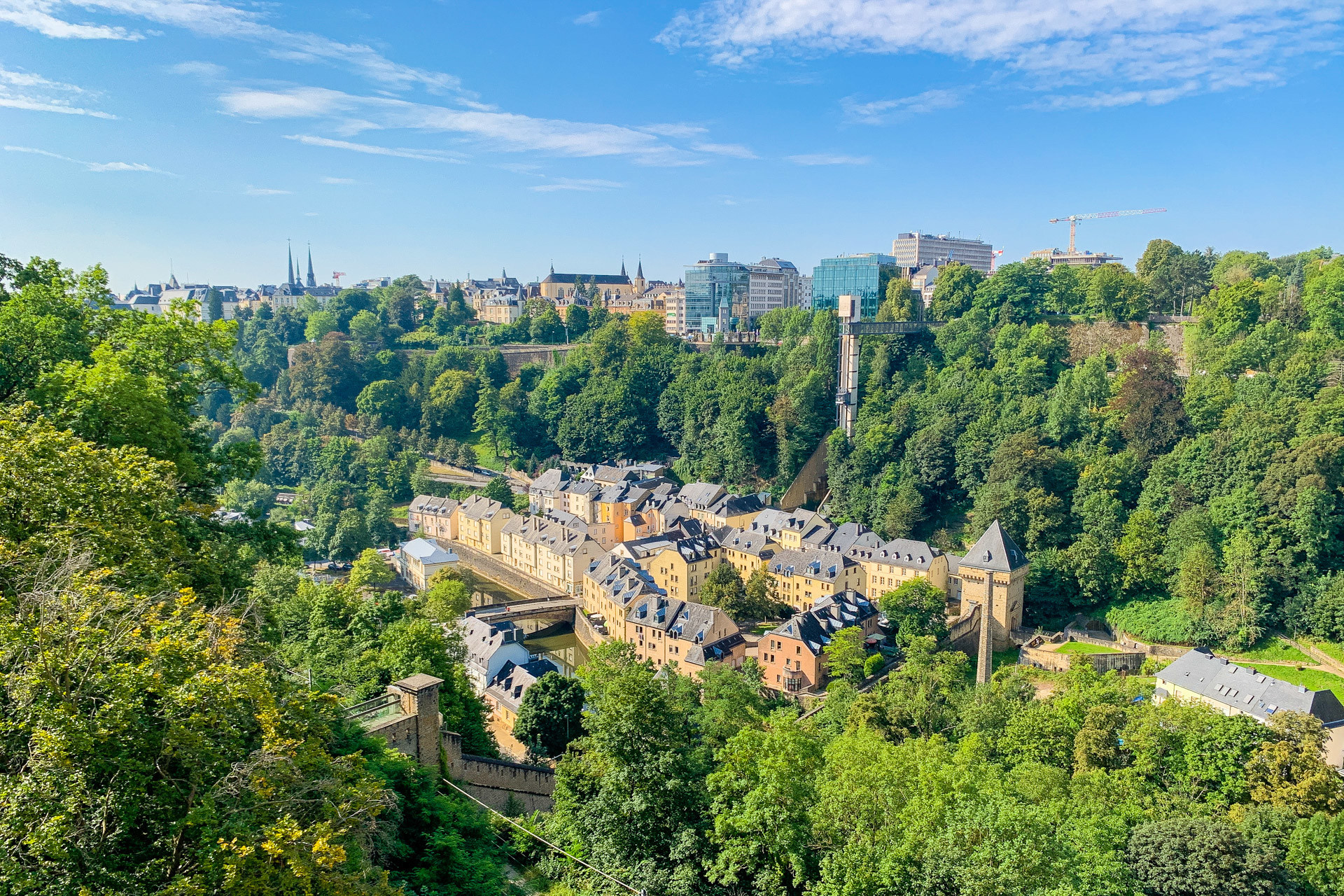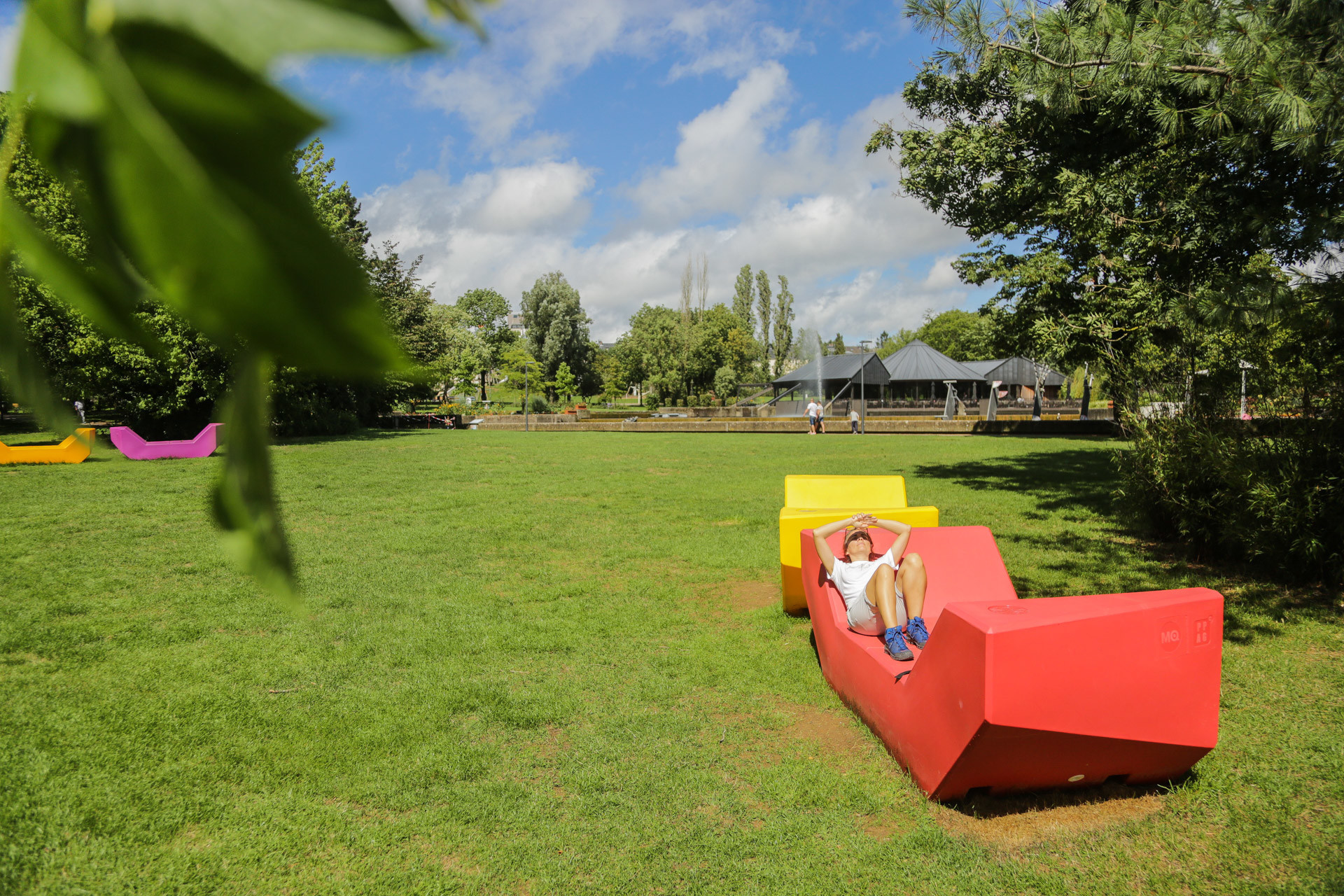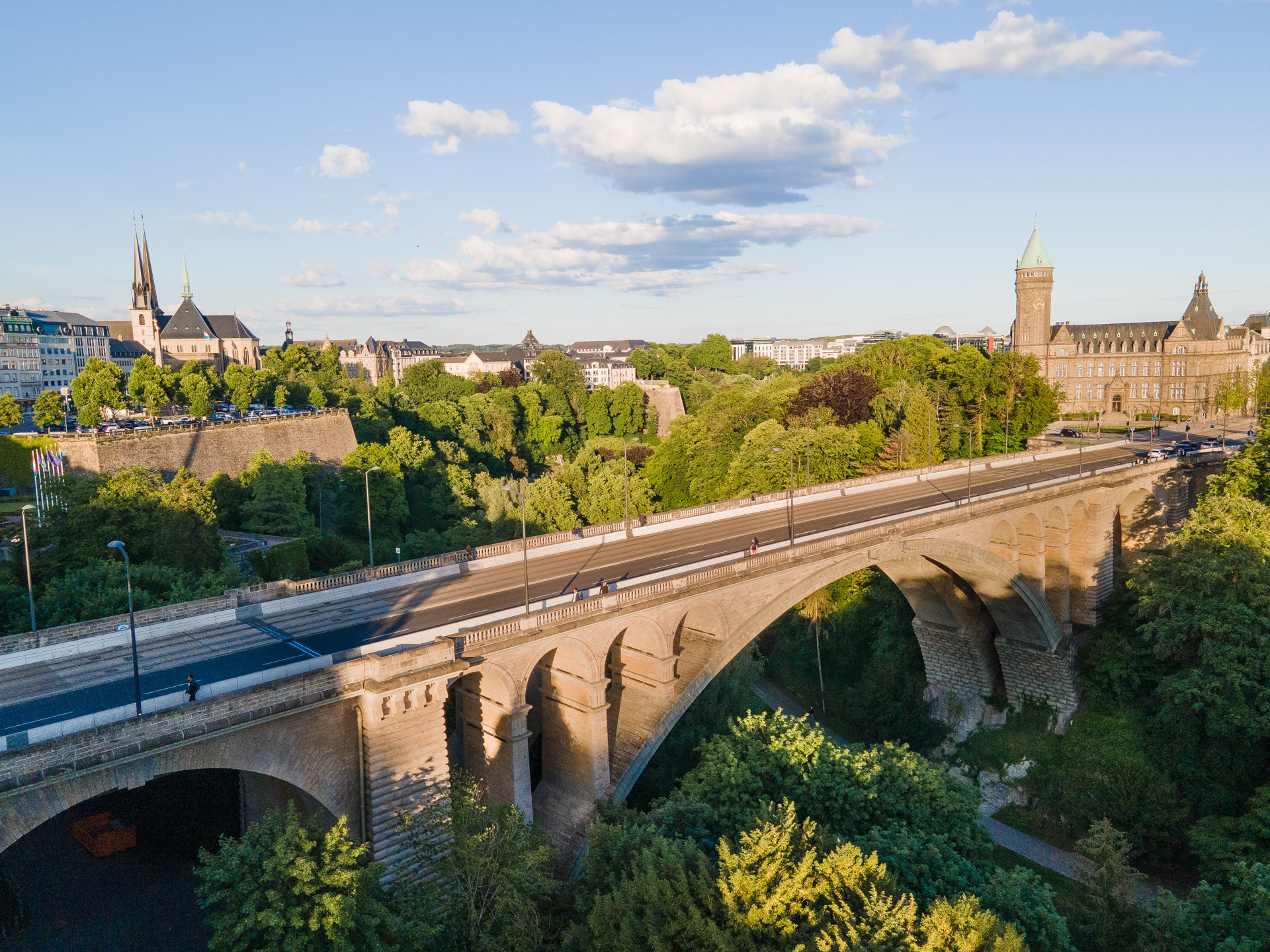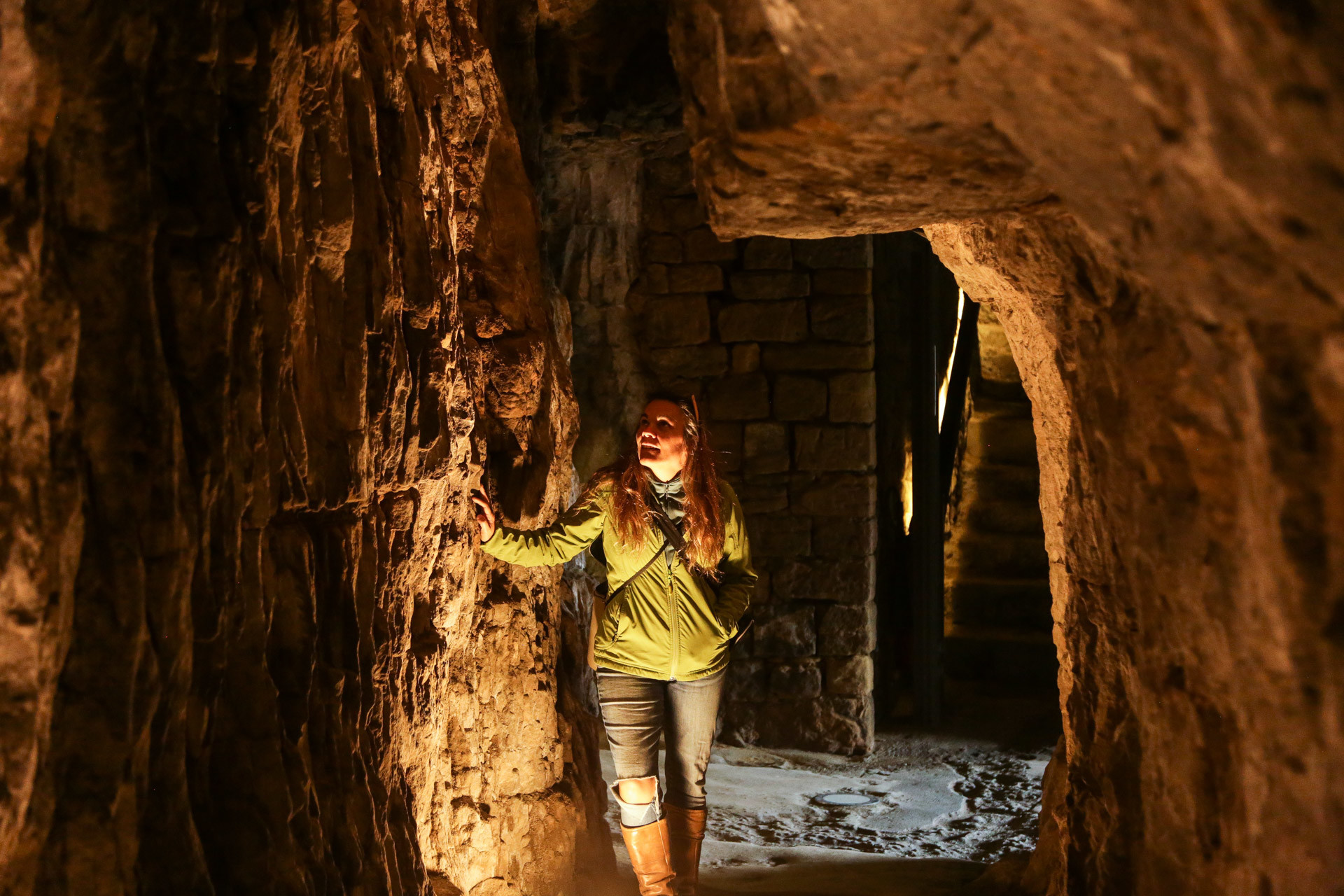
Luxembourg Urban Garden (LUGA): A Journey Through Nature, Art, and Sustainability
Luxembourg City is alive with the Luxembourg Urban Garden (LUGA), a new and innovative open-air exhibition, themed ‘Making the Invisible Visible’.

Running from May to October, LUGA has revitalised five unique locations – four in the capital (Edouard André Park, Pétrusse Valley, Alzette Valley and Kirchberg) and one in the northern city of Ettelbruck – through four distinct design categories: urban gardens, landscape and artistic designs, agricultural projects and living spaces. For over 162 days, it promises more than 1,500 free events that explore the vital connection between city, nature, and sustainability. Our tip: Grab a LUGA map and follow the trails to enjoy this urban garden, after all (almost) all of the LUGA events and exhibitions are for free!
Highlights of the municipal park (Park Edouard André)
It's right here, in the city's heart and its emblematic 19th-century 30-hectare Municipal Park, where much of LUGA truly blossoms. With fourteen urban gardens, twelve art installations, and two living spaces, the municipal park is even more splendid this summer and will undoubtedly be the most engaging – and rewarding – area to explore.
It’s nearly impossible to cover all the gardens and artworks within the Municipal Park, so let’s just highlight some of our favourites. The area near the Pescatore Foundation features numerous wooden structures, perfect for visitors to sit or recline and enjoy a moment of relaxation. Nearby, you’ll find the Bionic Pergola, a refreshing oasis offering shade and an invitation to reconnect with nature.
Also adjacent, Une Nature Collective, an installation designed to educate visitors about the natural cycles of earth, water, and light. It encourages interaction, inviting passersby to water plants with collected rainwater and contribute old leaves to the compost.
Opposite this installation stands L’Arbre Litéraire, a haven for book lovers. Comfortable wooden seats have been arranged beneath the shade of an old lime tree, offering visitors a place to pause and read. The LUGA has planned several activities here throughout summer, including reading sessions for children. Also, don’t miss the Orchids Greenhouse, located within the Pescatore Foundation. It’s a fitting tribute to the founder, an orchid enthusiast and one of the 19th century’s greatest collectors of these exotic plants.
As you stroll through the Municipal Park towards the famous Kinnekswiss, the biggest green lawn in the city, be sure to pause and marvel at some other key attractions. Take a moment to visit the Amélie Rose Garden, nestled close to the two giant sequoias. This garden honours the significant role of women in Luxembourg’s history, past and present, and pays tribute to the country's once-thriving rose trade.
If anyone has any doubt that gardens are the private homes of birds, the art installations along the trail will confirm just that. Pieces like Le Cri, The Harvest, The Pigeon Tower, or Birds serve as reminders that without these animals and their songs, gardens would lose their very essence and its calming and soothing effects.
On the theme of sound, two artistic installations stand out: Birds and Die launische Forelle. In Birds, located just behind the Villa Vauban, visitors can listen to the melodies of common bird species native to Luxembourg. Near the Cyclists’ Memorial, Die launische Forelle presents a ghost piano playing tunes from within a sealed wooden hut. This slightly sinister installation adds an element of intrigue to this, as one can only glimpse its interior through small cracks in the wooden planks.
Highlights of the Pétrusse Valley
If you've still got time and energy after exploring the Municipal Park, the Pétrusse Valley is just a stone's throw away. If not, you can always save this location for another day, as it offers plenty to discover: eleven gardens, eleven art installations, and one living space dedicated to science and experiments (the science hub)!
Life on the Verge is the colourful wild garden that guides visitors from Avenue Marie-Thérèse, near the Villa Pétrusse, down into the Pétrusse Valley. It focuses on the diversity of plants that thrive along our roadsides – often ignored, or worse, eradicated. Many of us are unaware that by removing these wild growths, we’re destroying the habitats of countless insects, birds and mammals. To draw attention to this wild world, the artist has woven many sculptures from twigs and wickers throughout the garden.
The next installations down in the Pétrusse Valley offer immersive sound experiences. Eco-Sonic City and Aquacanta invite visitors to engage with listening installations, where one can explore natural soundscapes, including the chants of rivers, the subtle calls from trees, or even the sounds of the Pétrusse Valley.
As we gaze at the sparkling Pétrusse River today, it's hard to imagine that this picturesque creek was flowing through concrete just two short years ago. The renaturation of the Pétrusse river last summer was not only a crucial step towards ecological recovery, it’s also a feast for the eyes. It’s here that you’ll find Banquet in a Raised Garden Bed, our favourite educational installation. This exhibit features six raised garden beds, each dedicated to a popular recipe – from a classic hamburger to the traditional Luxembourgish Bouneschlupp. The beds then produce all the ingredients necessary for that dish, whether they’re vegetables, fruits, legumes or cereals. If you’re lucky, some of the fruits will be ripe and ready to eat at the time you visit.
Before reaching the Péitruss Skatepark, keep an eye out for A Painting for Insects, with its bright yellow billboard and Totems, two art installations that value the wild ecosystems found in our gardens and forests. Once at the Skatepark, turn your attention to the huge rock, a part of the casemates. Peeking out from one of its crevices, you’ll spot the funny Blobby and Boo sculpture, gazing down into the valley. It’s almost as if this hybrid character is hinting that the world of AI technology is already influencing our daily lives. Could it be?!
What follows is a series of ten tiny gardens along the Pétrusse. Each of these green spaces serve as a call to reflect on the vital role of flora and fauna in our world and our responsibilities towards them. Among these, we highlight installations such as The Secrets of Medicinal Plants, Mange-Moi, or Nice to Bee.
The exploration of the Pétrusse Valley Trail will feel different if you choose to wear the Kepenek, a traditional Anatolian felted wool coat, which you can rent for free for the occasion. The Kepeneks are equipped with a sound system, allowing visitors to listen to the history of the Pétrusse Valley. It’s said – and after trying it ourselves, we can confirm – that this coat will keep your temperature stable, protecting you from cold, rain and heat. Just remember to return the coat before you head on towards the Alzette Valley for more LUGA!
The Highlights of the Alzette Valley
As the tiny Pétrusse flows into the larger Alzette, you will find yourself in the beautiful Alzette Valley. Get readyfor another eleven gardens, seven art installations, and the liveliest living space of all – the LUGA Lab, in the heart of the Odendahl Park. This dynamic space is designed for all generations, with numerous activities and events planned to take place right here!
The Song of the Alzette is a wickerwork installation located along the Pulvermühle Viaduct. Its undulating shape evokes the sound waves that carry the sound frequencies of the nearby, unseen waterfall. For us, it's easily one of LUGA's most graceful and elegant installations, and a perfect excuse to explore a place we rarely visit.
Following the Bisserweg, we came across the Periscopes, offering another perspective of the Bock promontory and its flora. In a quick jump, we made it to the neimënster Abbey, where a slender pedestrian bridge carries us across the river to a lovely new space: the Water Forum. This spot has quickly become our new favourite viewpoint, offering a stunning reflection of the Ville Haute in the tranquil waters of the new pond. But the Water Forum is more than just a scenic outlook; it's also a functioning water purification garden. What a good idea!
In the Rives de Clausen, the Urban Oasis and the Racines du Futur offer relaxing spaces designed to reduce the city’s heat stress by providing shade, which is definitely an asset for the warmer months. They also aim to attract insects, birds and bees back to the urban environment.
As you explore the Alzette Valley, keep your eyes open for A Head Like a Garden, a series of poetic phrases engraved on iron sheets, each backed by a tiny garden and spread throughout the Alzette Valley. These thoughts are designed to ignite the imagination and raise awareness of our surrounding environment and its energies.
Other evocative installations aiming to alert to eminent environmental dangers include Solum, symbolically placed where an old well once stood, which addresses drought. Just a short distance away, once you've re-crossed the Alzette River, lies Après l'Effondrement, the representation of a chaotic landscape left after a rocky collapse.
The Highlights of Kirchberg
Kirchberg has not even a handful of installations, but they are well worth the detour. A must-see landscape and art installation in Kirchberg is the iconic artwork The Living Pyramid. Originally conceived by conceptual artist Agnes Denes for the Socrates Sculpture Park in New York, in 2015, this impressive piece stands 9 meters high. Its wooden structure was built by Luxembourger carpenters, and volunteers planted over 2,000 local plants, carefully selected by the American artist. Denes is renowned worldwide for her ecological and environmental art, and The Living Pyramid itself has been featured in several other exhibitions. Her presence in Luxembourg with this installation presents a unique opportunity to experience her globally recognized work.
What’s new about The Living Pyramid at the LUGA is that this time visitors are invited to complete a questionnaire that explores humanity's future on Earth. Questions such as: “How do you see the world 1,000 years from now?”, “What do you think we should change now that might affect the future?”, “Do you have serious suggestions how to save the earth, and humanity?”, and “Are you hopeful for the future?”. All responses will be collected and placed in a time capsule, which will be buried near the pyramid and opened in – hold your breath – one thousand years! Imagine the excitement of knowing that someone in the year 3025 might be reading your answers? We encourage everyone to participate.
We had a great time discovering these creative and beautiful gardens and installations, and we can’t recommend exploring Luxembourg City and the LUGA for yourself highly enough!
Video
More about LUGA
Discover the guided tours and events:
Diariesof

Anabela and Jorge Valente, avid travellers themselves, are the passionate founders behind the independent travel magazine, diariesof. With a deep love for authentic experiences, they explore the world on their motorcycle, immersing into foreign cultures and embracing the spirit of adventure.
While they are spending time at home they also like to enjoy and rediscover their home country Luxembourg. In their City Adventure series, Anabela and Jorge share their recommendations and personal experiences with visitors of the capital.

Among many other magazines on faraway destinations, they have also published an inspiring magazine about Luxembourg, available on their website.
Other city adventures




























